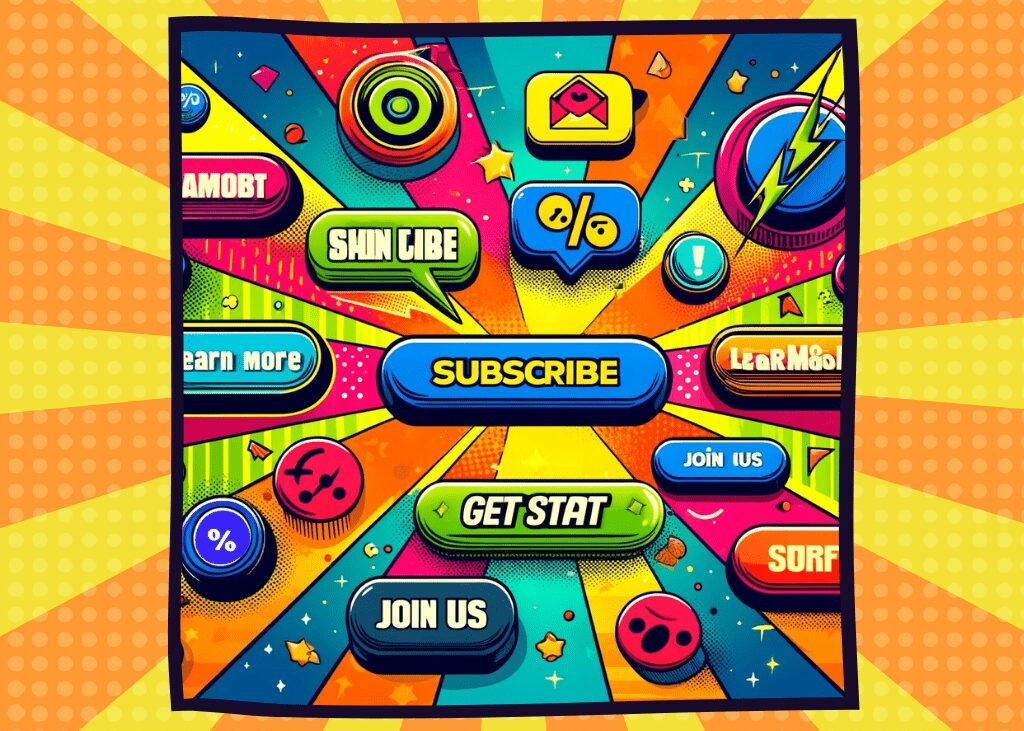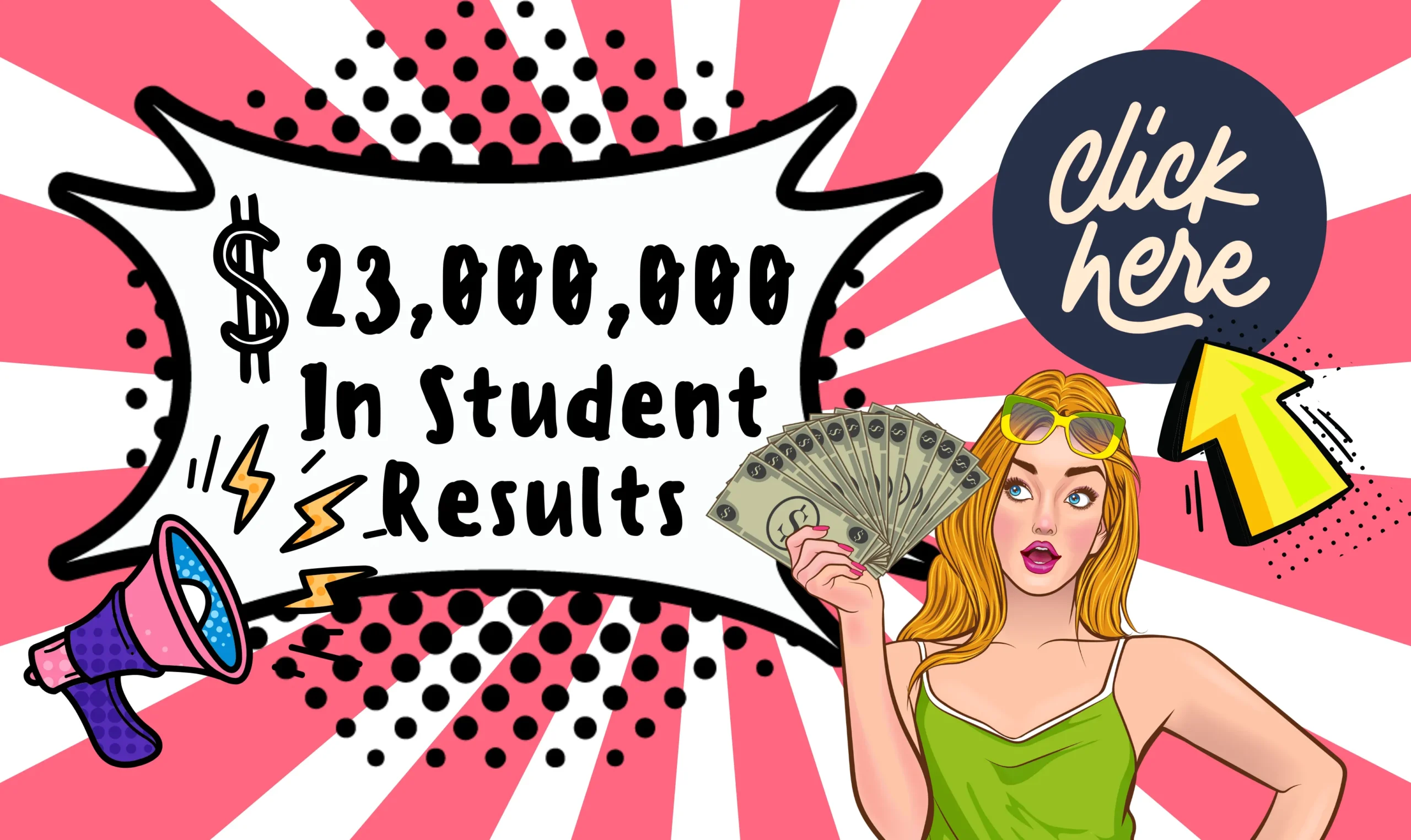In the vast ocean of email marketing, a well-crafted call-to-action (CTA) is like a lighthouse guiding your readers to the promised land of conversions. Without a powerful CTA, your meticulously written email might just end up as another unopened, neglected piece of digital clutter. Fear not, for I shall bestow upon you the wisdom of crafting effective call-to-action in emails that not only catch the eye but also compel the click.
Why CTAs Matter in Emails
Your email’s call-to-action is the bridge between your content and the reader’s next step. It’s the spark that ignites action, be it a purchase, a sign-up, or a download. Without a strong CTA, your reader is left wondering, “What now?” And we don’t want that.
1. Keep It Short and Sweet
The golden rule of CTAs is brevity. No one wants to read an essay just to figure out what they need to do next. Use clear, concise language that gets straight to the point. Think “Shop Now,” “Learn More,” or “Get Started.” Your readers should understand the action within a split second.
2. Use Action-Oriented Language
Start your CTA with a verb that tells your reader exactly what to do. Words like “download,” “subscribe,” “join,” and “buy” are power words that drive action. Pair them with words that create urgency, like “now,” “today,” or “limited time.”
3. Make It Stand Out
Your CTA should be the visual star of your email. Use contrasting colors, bold fonts, and plenty of white space to make it pop. If it blends in with the rest of your content, it’s as good as invisible.
4. Position It Strategically
Place your CTA where it’s most likely to be seen and clicked. This could be at the end of your email after you’ve provided valuable content, or even in multiple locations for longer emails. Make sure it’s easy to find and not buried under a mountain of text.
5. Test and Optimize
What works for one audience might not work for another. Use A/B testing to try different CTA texts, colors, and placements to see what gets the best response. Regularly review your performance data and tweak your CTAs for optimal results.
6. Create a Sense of Urgency
People are more likely to act if they feel they might miss out on something. Use phrases like “limited time offer,” “only a few left,” or “offer ends soon” to create a sense of urgency. This motivates readers to act quickly rather than putting it off.
7. Align with Your Brand Voice
Your CTA should reflect your brand’s personality. Whether you’re formal, quirky, or somewhere in between, your CTA needs to fit seamlessly with your overall tone. A quirky brand might use a playful CTA like “Grab Yours Now!” while a more formal brand might stick with “Learn More.”
FAQs
How long should a call-to-action be in an email?
Keep it short and sweet. Ideally, your CTA should be no longer than a few words. Clarity and brevity are key.
Can I have multiple CTAs in one email?
Yes, but proceed with caution. Too many CTAs can overwhelm your reader. Stick to one primary CTA and, if necessary, a couple of secondary ones.
What color should my CTA button be?
There’s no one-size-fits-all answer. Use a color that contrasts with the rest of your email design to make it stand out. Testing different colors can help you find what works best.
Should my CTA be a button or a link?
Buttons are generally more effective because they stand out more than text links. However, both can work depending on your email design and audience preference.
How do I measure the effectiveness of my CTAs?
Track metrics like click-through rates, conversion rates, and A/B test results to gauge the performance of your CTAs. These insights will help you optimize for better results.




